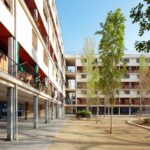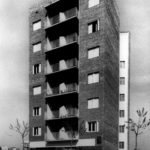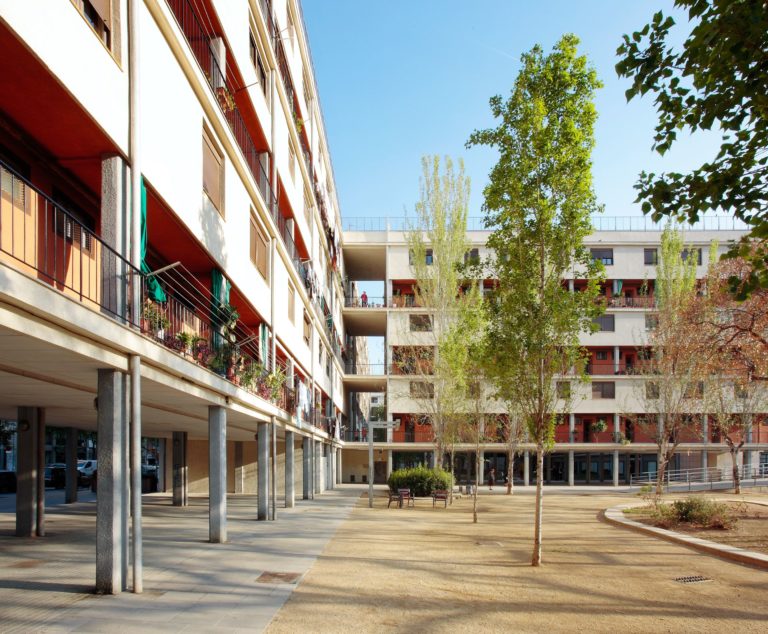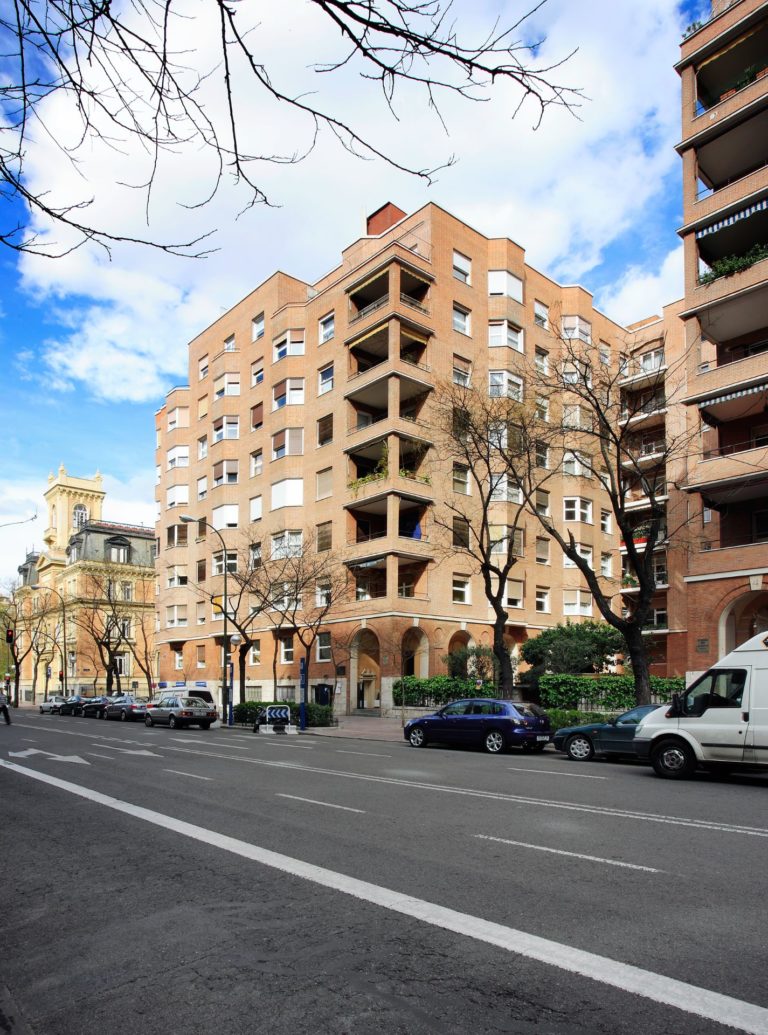

Casa de las Flores
Calles Rodríguez San Pedro 70-72, Menéndez Valdés 59-61, Gaztambide 15-23 y Hilarión Eslava 2-6
28015, Madrid, España

Colonia El Viso
Delimitada por las calles Daniel Urrabieta, Tormes, Sil, Francisco Alcántara, Turia, Madre Carmen del Niño Jesús, Arga y Nervión
28002, Madrid, España

Edificio de viviendas para Inmobiliaria Miguel Ángel
Calle Miguel Ángel 4-6/calle Rafael Calvo
28010, Madrid, España


Edificio La Punyalada
Paseo de Gracia 104-108 / Calle Roselló 263
08008, Barcelona, España

- 1930
-
- 1931
-
-
- 1933
-
- 1935
-
-






